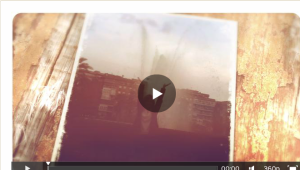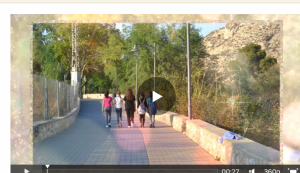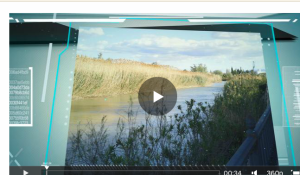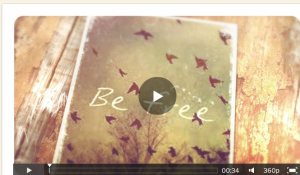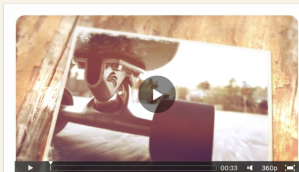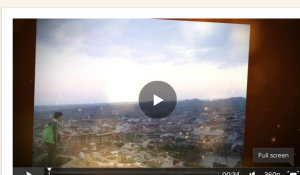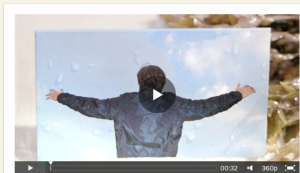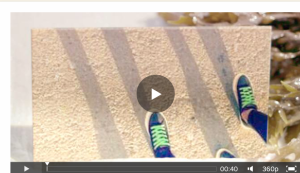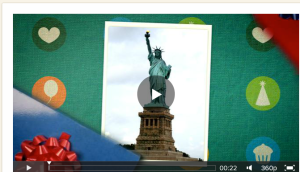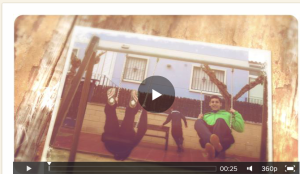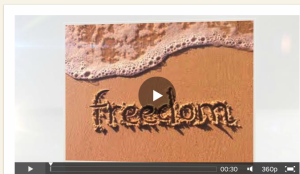Today they are bringing a new mission that they have presented in the animation below:
For students to be able to accomplish this mission, Breaking Science has everything ready in this full lesson including various worksheets, together with an assessment rubric they have designed using Blendspace. Every part of this mini-project is scheduled step by step so young learners can observe, investigate, analyse, create, draw conclusions and evaluate their own work.
First Graders at CP San Claudio in Asturias are already looking forward to seeing what happens after the experiment, thanks to their CLIL teacher, Graciela.
If you ever carry it out in your lessons, @ScienceBreaking will love to hear your feedback!
If you ever carry it out in your lessons, @ScienceBreaking will love to hear your feedback!
Cross-posted from EU Robotics Week Education Spain. Originally viewed at Breaking Science

























